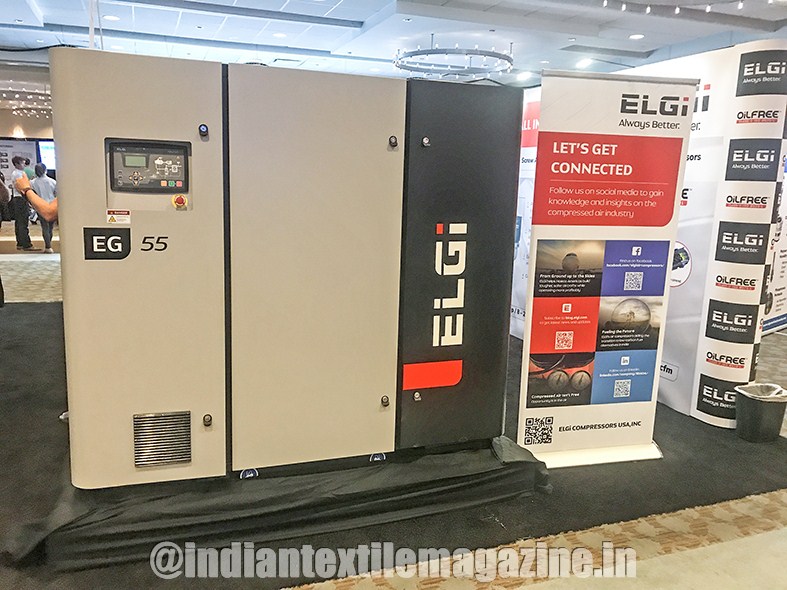ELGi Equipments launched its range of oil-free air compressors at the recently held Compressed Air Best Practices Conference in Chicago.

ELGi’s oil-free range comprises of machines ranging from 60 hp and 100 hp with 7 and 8.8 bar pressure options. The air-cooled design will ensure ease of installation at all customers, while the aluminium coolers will ensure efficient cooling. High efficiency NEMA motors power the machines with separate ducting for noise reduction.
ELGi is one of the five companies in the world with a proprietary oil-free Airend design. The new models are supported by ELGi’s class-leading four-year Airend warranty and a strong service network. The added models will ensure that the company is able to service all oil-free air needs in the US market.
Anvar Jay Varadaraj, Global Head Marketing & Corporate Communications, said: “All of us at ELGi are extremely thrilled by the response we received at the launch of our oil-free compressors at the conference. Though small relative to the lubricated screw compressor segment, oil-free compressors are growing in prominence owing to environmental and clean air considerations. In traditional oil flooded compressors, oil plays the roles of lubricant, sealant and coolant. As a result, the discharged air has trace amounts of oil, which would be unacceptable to sensitive industries such as food and beverage and pharmaceutical manufacturing. Oil-free compressors produce oil-free air by having no oil in the compression chamber. We are constantly striving to achieve higher levels of sophistication for all our products, and are gratified by the feedback from vendors and partners at the conference.”
The global market demand for oil free air compressors is US$4 billion in 2017 with an estimated growth rate of 3 – 4% by 2024. These compressors are being used across a variety of applications, witnessing strong demand from the food & beverage sector owing to the mandatory health and safety requirements. An industry focus on economical manufacturing methods and lower installation and maintenance costs is also contributing to growth.
